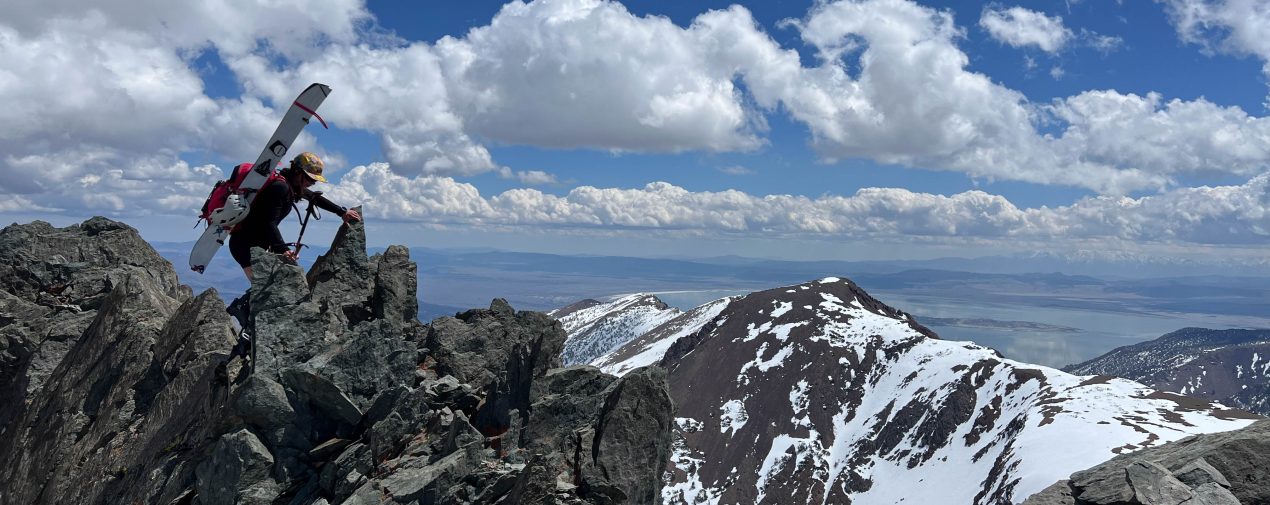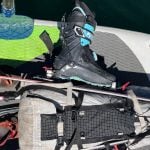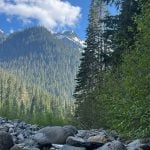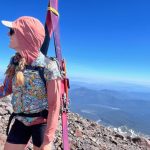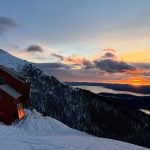In Defense of Splitboarding
“You really should consider switching to skiing. It’s a lot more efficient in the backcountry, you know.”
It’s a tale as old as time: a backcountry skier approaches a splitboarder and lays out a laundry list of reasons why the one-planker really ought to consider trying two sticks on their feet. What the skier might not consider, however, is that most splitboarders absolutely love splitboarding, and that snowboarding in the backcountry has its own, unique advantages.
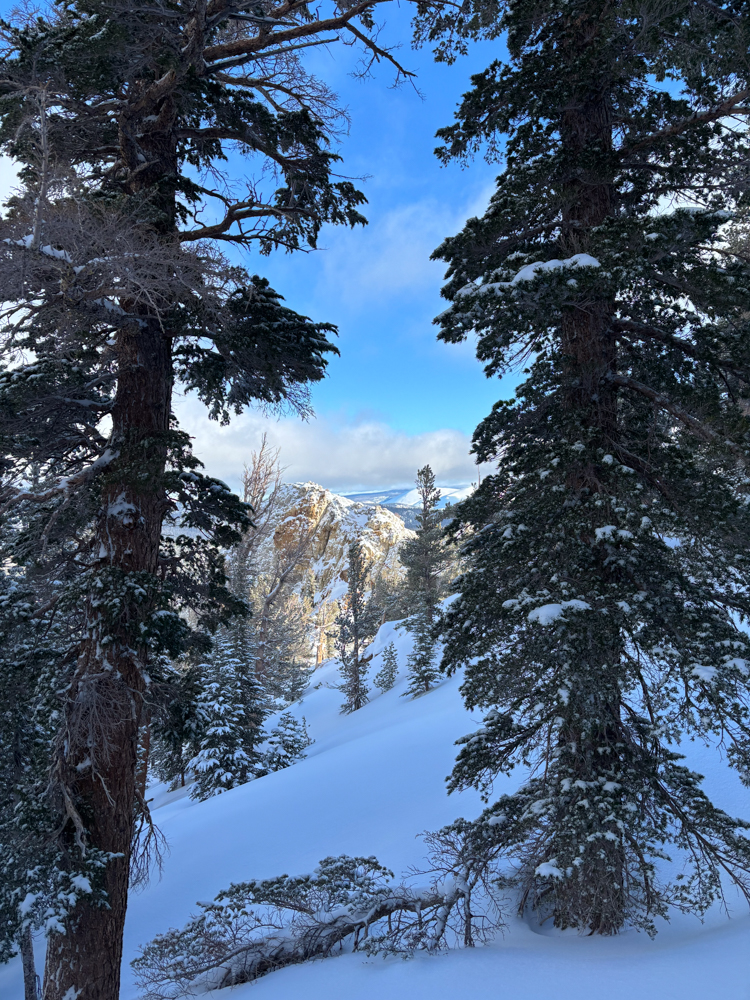
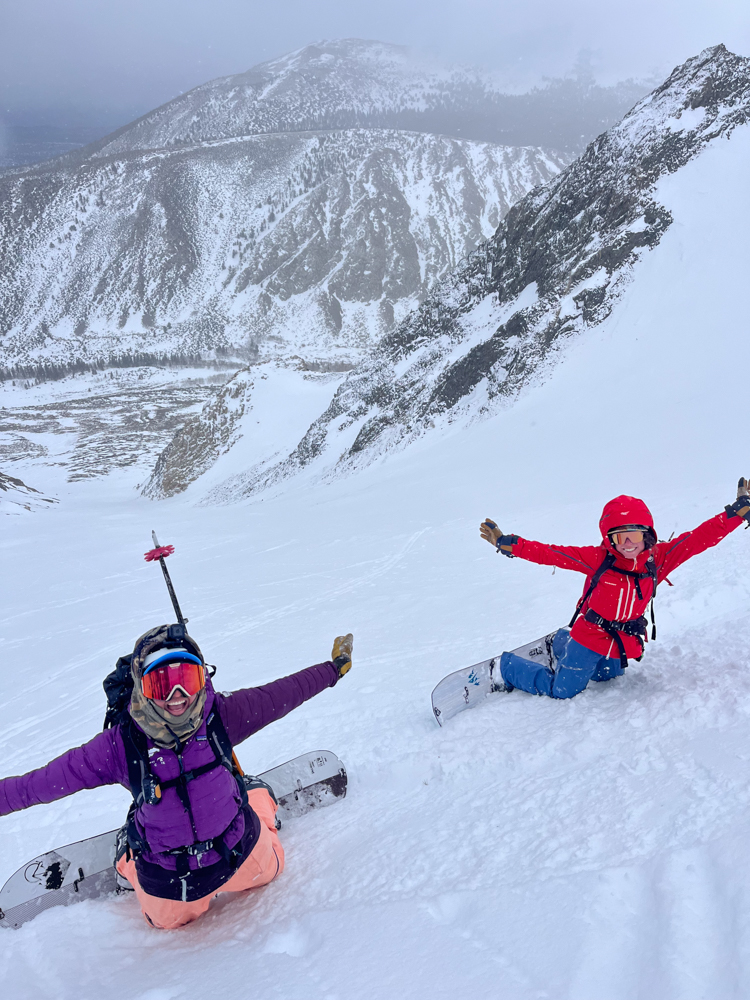
Despite these facts, and despite my own splitboarding experience and ability, a seemingly never-ending number of skiers choose to comment on my choice to ride a board in the backcountry. Desperate to convince me to switch to skiing, they cite speedier transition times, two additional edges, and better boot and binding technology as reasons to make the switch.
I’m here to defend the use of a splitboard in the backcountry, and encourage the snowboarders out there to keep ripping on their single planks.
Here’s is why I believe that a snowboard can be the ultimate backcountry tool:
1. The most efficient thing to use in the backcountry is the tool you are most comfortable using. Confidence on and in your equipment will always override equipment.
When I first started touring in the backcountry, I tried to ski. Despite 14 years of snowboarding experience, so many people had told me that splitboards were terrible in the backcountry that I decided to make the switch. I spent a season groveling on groomers and became a mediocre, blue-run skier. I took my first avalanche course on skis. I was barely able to handle the knee-deep powder we found during the course, that I would have ripped with a huge grin on my snowboard. Toppling into trees, I wondered about the supposed efficiency of skis in comparison to my board. Getting to the top of a line on skis, I felt nervous and shaky. I could never flow on skis in the way that I did on my snowboard.
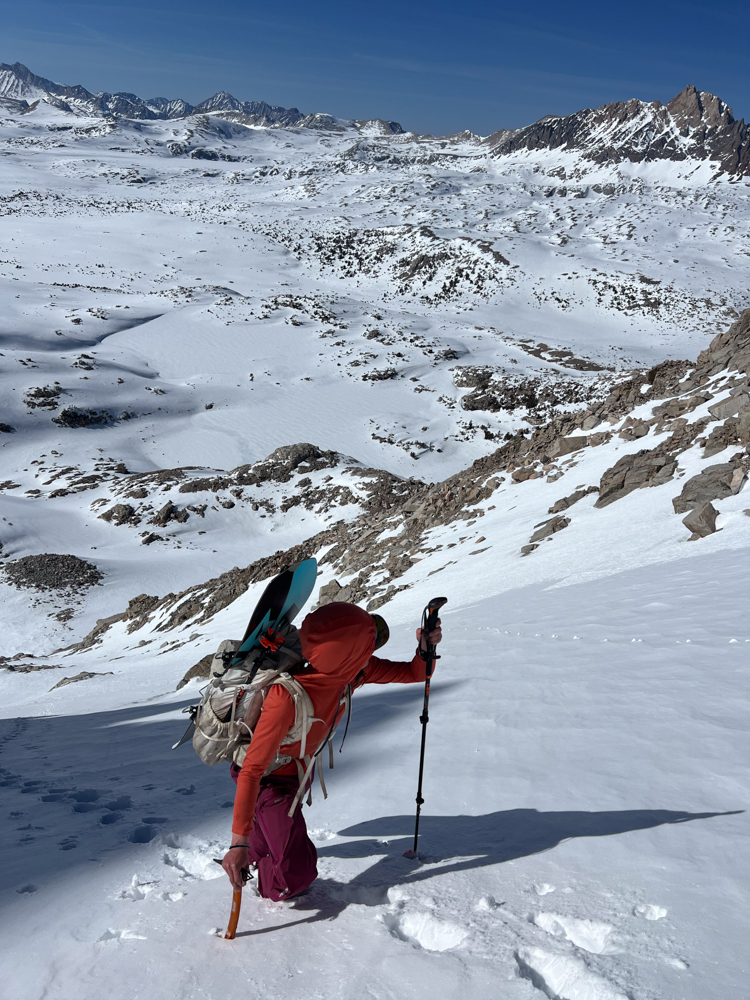
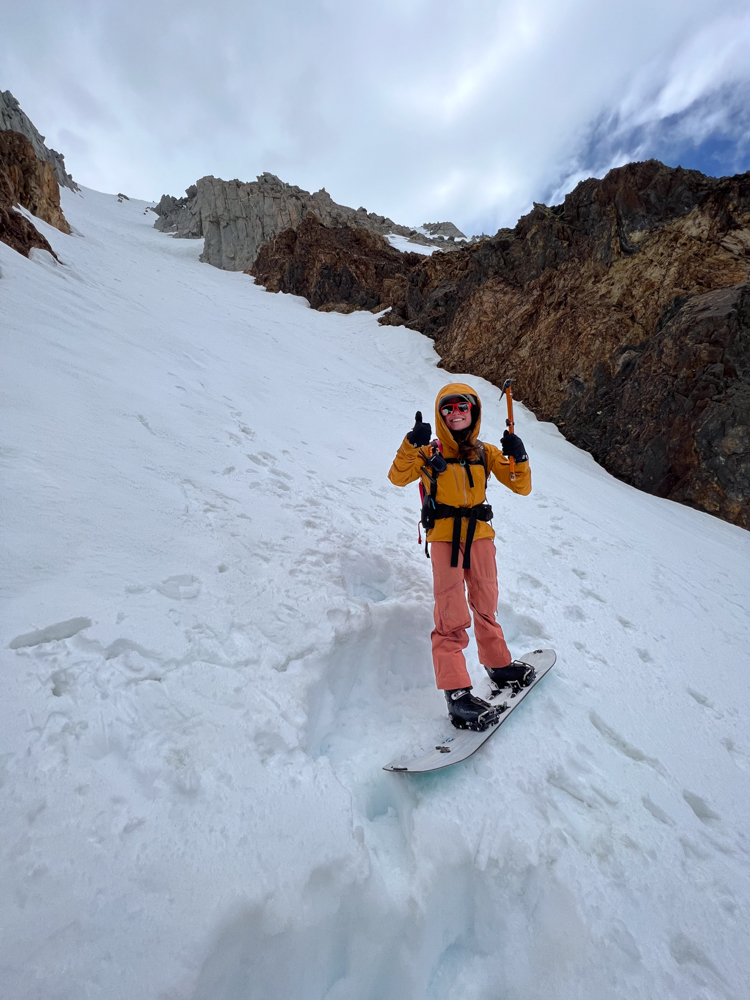
Fast forward several years to a higher-level avalanche course. I’m setting the skin track on my split, executing flawless kick turns up a steep side-hill. The skiers behind me are exhausted despite their lighter gear and supposed uphill advantage. We top out and I make huge turns on wind-crusted powder, screaming with joy. They get to the meet-up spot, and are less than satisfied with the skiing conditions for the day. I felt so proud to be doing what I was doing on my splitboard, despite what everyone had told me.
Riders and skiers alike will be the most efficient on whatever equipment they are best at using, which is usually what they get the most practice on. The most important thing for being a competent backcountry rider is having a high level of comfort on your equipment in a wide variety of terrain features and snow conditions. That means being able to handle whatever steeps or bulletproof windboard the day throws at you. Competence on your equipment is a margin of safety in the backcountry, so stick with what you know you can rip on.
2. Splitboarders can become efficient in the backcountry through learning split-specific skills, and getting to know their gear.
Good splitboarders, like good skiers, can be incredibly efficient in the backcountry. This goes for the uphill and the downhill. Through many years of splitboarding, I’ve learned when to switch to skins, and when it makes more sense to push in that awkward-paddleboard position through a flat spot. I’ve learned when it makes sense to cut my losses and set a bootpack, where I should stay high for a traverse, and when ripping skins and skating in split-mode will be the best move.
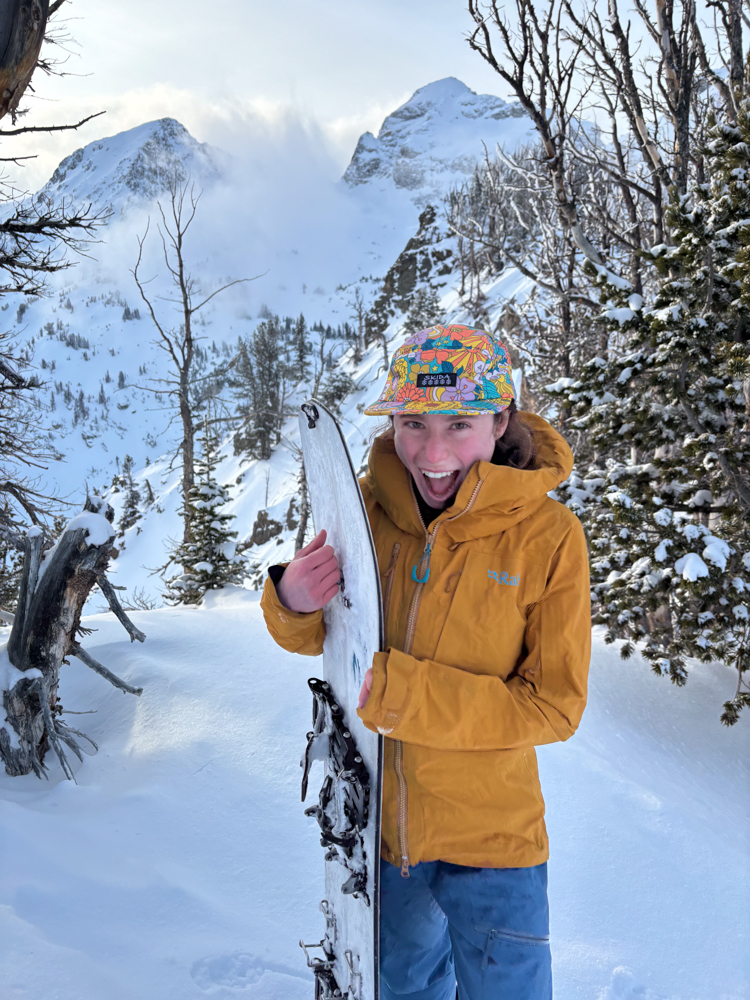
I’ve watched many incredible splitboarders transition faster than their friends on skis. With a little bit of practice, the puzzle of putting together and taking apart a splitboard becomes second nature, and can be done in under a minute. Get to know your gear, and use it often. Practice with it, and know what to do when your bindings or inside edges are iced up.
With practice, a splitboarder can reduce their transition times, perfect their kickturns, and rip the downhills in any conditions. The efficiency comes with practice, and I’m here to tell you to stick with it: the tips, tools, and tricks will come with time.
3. Many snow textures that you find in the backcountry are more fun on a snowboard.
I’m looking at you, sun crust. Upside down, wind-textured, heavy-pow goodness doesn’t feel nearly as bad on a board as it does on skis. As the heft of a snowboard plows through the wide variety of textures that one might find in the backcountry, skinny and light backcountry skis get tossed around. The number of times in which I’ve had an incredible run while my friends on double planks have struggled their way down is too many to count.
This is useful because backcountry snow comes in a million flavors of bad. Sometimes, you score and find powder. Often, you’re left riding something less desirable. Having a tool that can get you through the bad with the good is incredibly helpful in the backcountry.
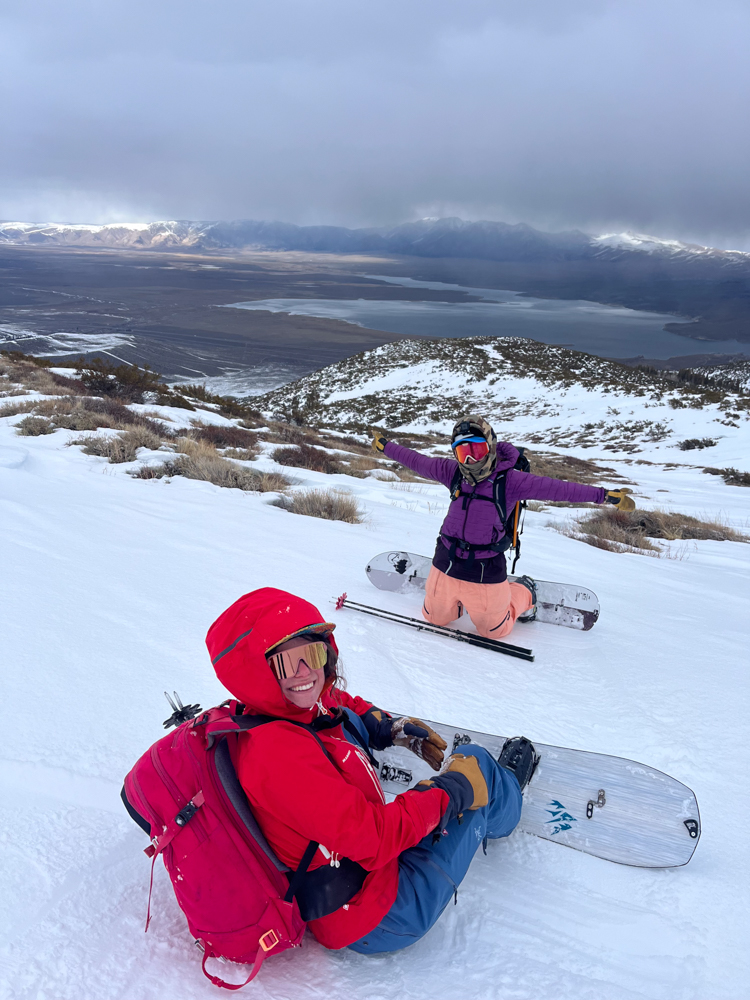
4. Skiers. Never. Transition.
Lungs burning, heart pounding, sweat dripping, and never willing to transition. A skier will side-step, skate, and engage in innumerable shenanigans before transitioning back to skins, making every effort to squeeze the last drops out of a flat or downhill, even if it means traversing nearly the whole slope. I’ve always found this to be a silly practice, as a one minute transition will save an immense amount of effort (and yield more fall-line riding). Splitboarders tend to be much more willing to transition to skinning, knowing when the time has come to cut their losses.
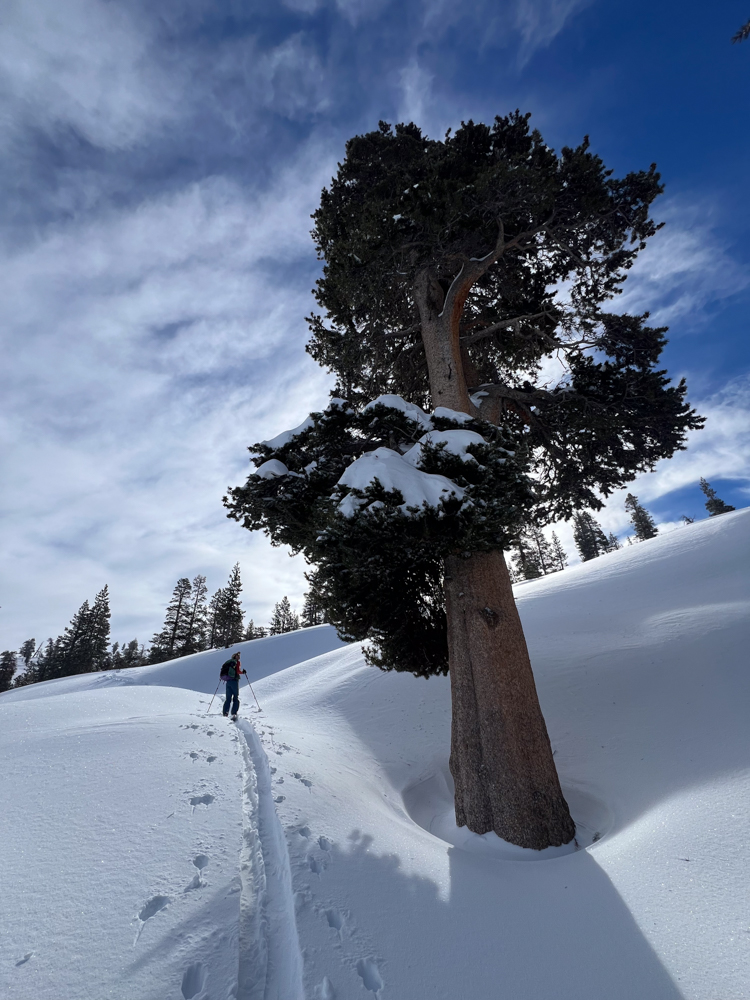
5. Splitboarding is about having fun and experiencing the beauty of the snow-covered mountains.
If the only thing you care about is efficiency, sure, splitboarding might not be for you. I splitboard to have fun, climb mountains, and put myself in some of the world’s most incredible places. Sometimes, I experience things differently than my partners on skis. I’ll be honest: a splitboard is not the perfect mode of transportation. Splitboards are generally heavier than their backcountry ski counterparts. Long traverses are less than pleasant, and hop turns aren’t easy.
But riding a splitboard has many advantages, and I’ve watched many excellent snowboarders become mediocre backcountry skiers because they’ve been discouraged from snowboarding in the backcountry. In my years of splitboarding, I’ve had the most incredible experiences of my life surfing through powder in the high alpine, standing sideways and slashing through steep snow. I’ve been so grateful for every pre-work powder lap, tight turn in the trees, and big alpine couloir that I’ve gotten to experience on a snowboard.
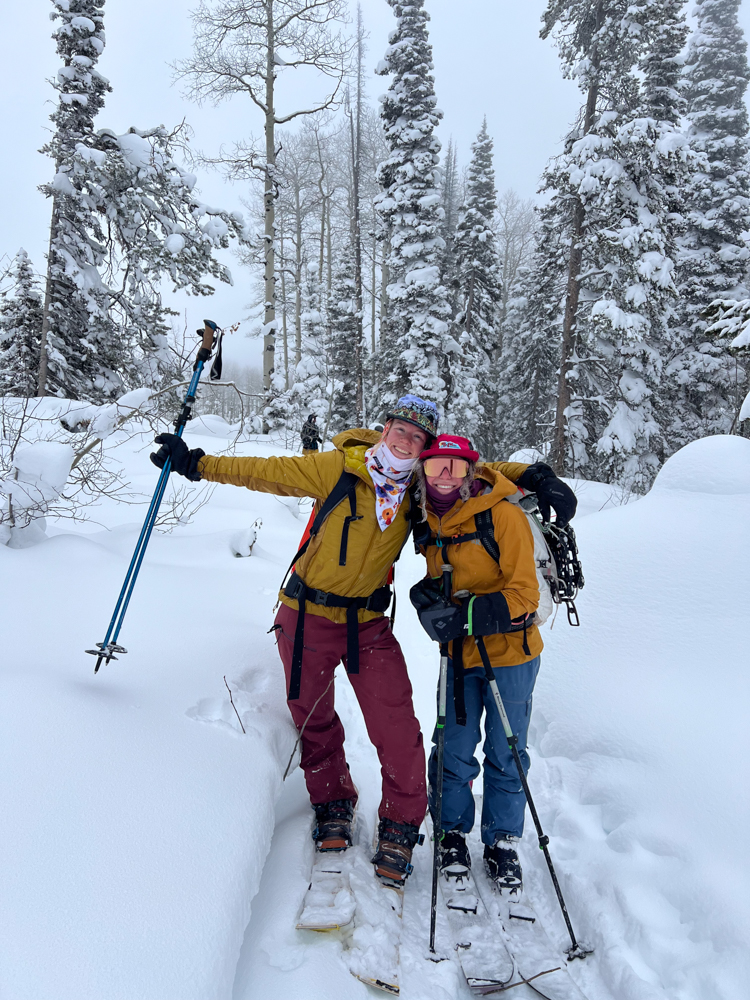
I truly believe that a splitboard can be one of the most incredible ways to experience the mountains. No shade to the folks on skis: keep doing what you’re doing. But if you already ride a snowboard, I’m here to tell you that it’s worthwhile to stick with it, learn the tricks of the trade, and keep sliding sideways.
About the Gear Tester
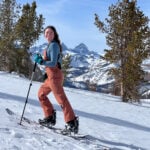
Jackie Florman
Jackie is a backpacking guide at Lasting Adventures Guide Service in Yosemite National Park, CA. She also works on a snow hydrology field research team, writes for HikingDaily.com, and is currently writing a thesis in Environmental Studies at the University of Colorado, Boulder. She loves splitboarding, scrambling, and rambling around in the Eastern Sierra and the Colorado Rockies. Follow her adventures on instagram @jackieeflor.

